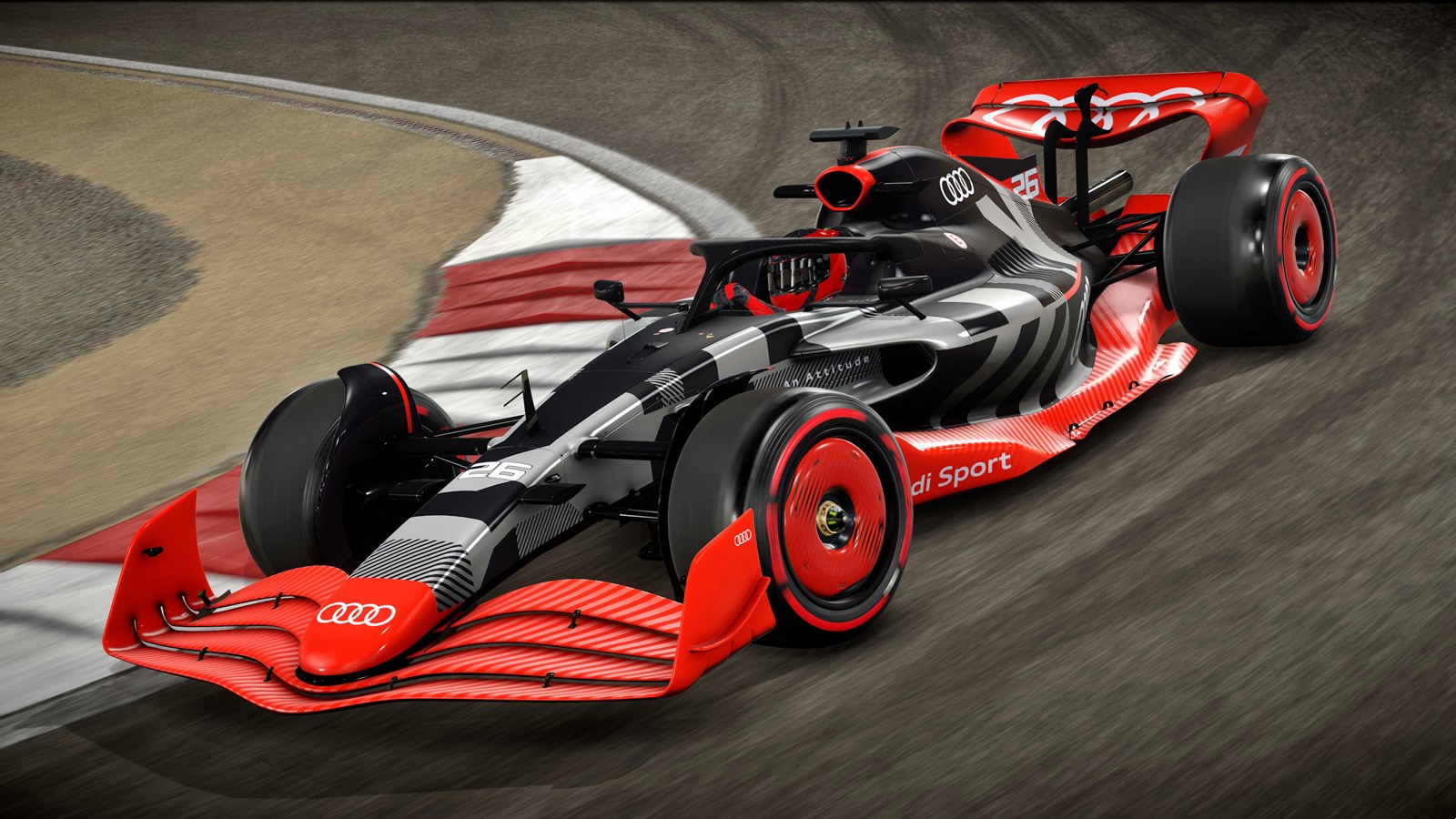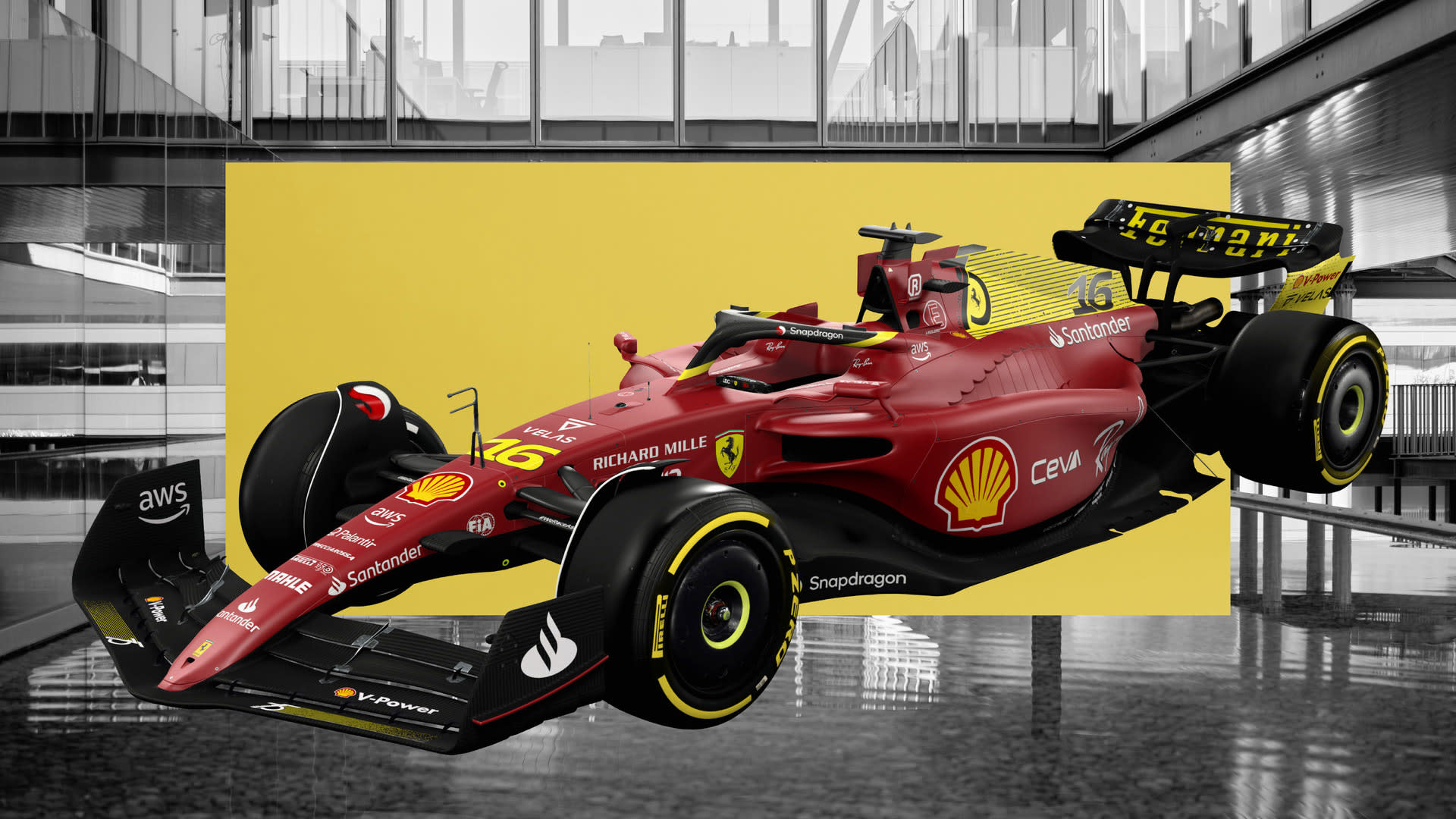Unpacking F1 Driver Heights: Does Every Inch Really Count?
Formula 1, you know, it’s a pretty big deal. Every year, races happen all around the world. We see them on the most advanced tracks. Some are purpose-built circuits, others are city streets closed off for the event. Each race is a stop, and drivers get points based on where they finish. The person with the most points at the end of the year, they become the champion. It’s the very top level of motor racing, truly.
When you watch these incredibly fast cars, you might wonder about the people driving them. These drivers are, in a way, at the peak of their sport. They push these amazing machines to their very limits. So, it's natural to think about what makes them so good. What kind of person can handle such speed and pressure? What about their physical makeup, like their height?
There's often a lot of talk about the physical traits of F1 drivers. People ask about their fitness, their strength, and yes, even their height. It’s a common question, actually. Does being taller or shorter give someone an edge? Or does it, perhaps, create challenges? We're going to explore what `f1 driver heights` mean for the sport, right now.
Table of Contents
- The Physical Demands of F1 Driving
- How F1 Driver Heights Intersect with Car Design
- The Spectrum of Heights in F1 History
- Regulations and the Driver's Place
- The Human Element: Comfort and Performance
- Dispelling Common Beliefs About Driver Height
- Frequently Asked Questions About F1 Driver Heights
The Physical Demands of F1 Driving
Driving an F1 car is, well, it's a very physical job. It’s not just sitting there and turning a wheel. These cars are, in some respects, the fastest cars on the planet. They are also, very, very high-tech. So, the drivers need to be incredibly fit. They need strength, stamina, and quick reactions. This intense environment puts a lot of stress on the body, you know?
The Intense Cockpit Environment
The cockpit of an F1 car is quite small. It’s a very snug fit, actually. Drivers are almost lying down inside. This position is for aerodynamics, to make the car cut through the air better. But it also means there's not much room to move around. A driver’s body has to fit just right into this space, which can be a challenge for some.
The space is so tight, in fact, that every part of the driver's body needs to be considered. From their shoulders to their knees, it all has to clear the car's structure. This can sometimes make it tricky for taller drivers, as they might feel a bit more cramped. It's about finding that perfect balance between comfort and being secure in the car, you know?
G-Forces and Endurance
During a race, drivers experience incredible G-forces. When they brake hard, or turn at high speed, their bodies are pushed and pulled with great force. This is why they need such strong necks and core muscles. A longer body, in a way, might experience these forces differently than a shorter one. It's just a little bit more leverage for the forces to act upon, apparently.
These forces can be quite tiring over a whole race. A race, as you might know, can last for a good while. The drivers need to keep their focus and strength for a long time. So, their body shape and how it handles these pressures is something that matters a lot. It’s not just about fitting in, but about performing under pressure for hours, really.
Weight as a Factor
Weight is a big deal in F1, a very big deal. Every extra pound can slow the car down. This is why teams try to make cars as light as possible. Drivers, too, try to keep their weight down. This is where height can sometimes play a part. A taller person, just naturally, tends to weigh a bit more than a shorter person, all else being equal.
The total weight of the car and driver is regulated, so there's a minimum. If a driver is lighter, the team can add ballast, which is extra weight, to the car. This ballast can be placed strategically to help the car's balance. So, being a bit lighter might offer some flexibility there. It's a subtle advantage, but in F1, even tiny things count, you know?
How F1 Driver Heights Intersect with Car Design
The design of an F1 car is incredibly precise. It's about getting every single detail just right for speed and safety. And the driver's body, their actual dimensions, are part of that design puzzle. It's a complex dance between the human and the machine, in a way.
The Monocoque and Driver Fit
The main part of an F1 car, the safety cell, is called the monocoque. It's built to be incredibly strong and protect the driver. The driver sits right inside this structure. So, the size of this part of the car is, you know, somewhat fixed. It has to be big enough for a driver, but small enough for performance.
This means that drivers need to fit into a specific space. Taller drivers might find their legs or shoulders are very close to the edges. This can affect comfort over a long race. It might also limit how much they can adjust their seating. Teams will make custom seats for each driver, of course, but the basic shell is what it is, apparently.
Aerodynamics and Center of Gravity
Aerodynamics is all about how the car moves through the air. The smoother the shape, the faster it goes. A driver sitting higher in the car, even by a little bit, could change the airflow. This is why drivers sit so low. It helps keep the car's profile very sleek. So, a taller driver might mean a slightly higher head position, which can affect the air, just a little.
Then there's the center of gravity. This is the point where all the car's weight seems to be. A lower center of gravity makes the car more stable and better in corners. If a driver is taller, their weight is naturally a bit higher up. This can, in some respects, raise the overall center of gravity of the car and driver combined. It's a very small difference, but in F1, small differences can add up, you know?
Safety Considerations and Ergonomics
Safety is a huge part of F1. The cars are built to protect drivers in a crash. The driver's fit in the cockpit is a big part of this. They need to be held securely, so they don't move around too much during impacts. A driver who is too tall might not fit as snugly, which could be a safety concern, or at least make fitting harder.
Ergonomics is about designing things for human comfort and efficiency. For F1 drivers, this means making sure they can reach all the controls easily. Their hands need to be on the wheel, their feet on the pedals. If a driver is very tall, or very short, the pedal position or steering wheel reach might need more adjustment. This is something teams spend a lot of time getting right for each driver, actually.
The Spectrum of Heights in F1 History
Over the years, F1 has seen drivers of all shapes and sizes. There's no single "F1 driver look." Some have been quite tall, others pretty short. This really shows that skill is what matters most, you know? But it’s still interesting to look at the range.
Notable Tall Drivers
Historically, there have been some fairly tall F1 drivers. Alex Wurz, for example, was quite tall for an F1 driver, standing around 1.86 meters (6 feet 1 inch). He had a long career, too. Another tall driver was Justin Wilson, who was even taller, at 1.93 meters (6 feet 4 inches). These drivers certainly showed that height isn't a barrier to competing at the top level, you know?
They often faced challenges, like fitting into the car. Teams would sometimes have to make special adjustments to the pedal box or the steering wheel. But these drivers still managed to perform at an incredibly high level. It goes to show that if you have the talent, you can make it work, more or less.
Shorter Drivers and Their Advantages
On the other side, many F1 drivers have been on the shorter side. Ayrton Senna, a champion driver mentioned in my text for moving straight from British F3 to F1, was not particularly tall. Many drivers, perhaps, are around the average height or a bit shorter. This can sometimes offer a slight advantage in terms of weight and packaging in the car.
A shorter driver might naturally weigh less, which, as we talked about, can be helpful for ballast placement. They also tend to fit more easily into the tight cockpit. This can mean a bit more comfort, and perhaps, a slightly lower center of gravity for the driver's body. These are small things, but in a sport where every millisecond counts, they can be considered, you know?
Current Grid's Height Trends
Looking at the current crop of F1 drivers, there's still a mix. Max Verstappen, for example, who won a sprint race at the Belgian Grand Prix, is a very successful driver. He's around 1.81 meters (5 feet 11 inches) tall, which is, well, pretty average for a male. Oscar Piastri and Lando Norris, who also raced well in that sprint, are also around that height or a little shorter.
There are some drivers who are a bit taller, and some a bit shorter. It seems that while there might be some minor considerations, height isn't a strict requirement for getting into F1. Talent, dedication, and fitness are still the biggest factors. The sport is, after all, about the best drivers in the world competing, and they come in different shapes, you know?
Regulations and the Driver's Place
F1 is a sport with many rules. These rules cover almost everything, from the engine size to the car's dimensions. And some of these rules, you know, indirectly affect how driver height is considered. It's all about making the competition fair and safe.
Minimum Weight Rules and Driver Ballast
As of recent years, F1 rules include a minimum weight for the driver. This means the driver, along with their seat and racing gear, must weigh at least 80 kilograms (about 176 pounds). If a driver weighs less than this, the difference is made up with ballast. This ballast is placed inside the car, right near the driver's seat.
This rule was put in place, actually, to help taller and heavier drivers. Before this rule, lighter drivers had a clear advantage because teams could add more ballast to optimize the car's balance. Now, with the minimum driver weight, the playing field is a bit more level. So, a taller driver who naturally weighs more isn't penalized as much as they might have been before, you know?
Adjusting the Car for Different Builds
Teams spend a lot of time making sure the car fits the driver perfectly. This involves custom-molding seats for each driver. They use special foam that shapes around the driver's body when it's still soft. This creates a seat that is, well, just right for that person.
Beyond the seat, adjustments can be made to the pedals and the steering wheel. The pedals can be moved forwards or backwards. The steering wheel can be adjusted for reach. This helps accommodate drivers of different heights and arm/leg lengths. So, while the car's shell is fixed, there's quite a bit of room to tailor the inside to the person driving it, apparently.
The Human Element: Comfort and Performance
Ultimately, a driver needs to be comfortable to perform at their best. Imagine trying to drive the fastest car on Earth while feeling cramped or awkward. It just wouldn't work, you know? So, comfort plays a big part in how height affects things.
Finding the Right Seating Position
Getting the seating position just right is, like, super important. Drivers need to be able to feel the car, to react instantly. If their body isn't positioned correctly, it can affect their ability to do this. A taller driver might have to bend their knees more, or sit with their head closer to the roll hoop. This can sometimes lead to discomfort over a long race, or even make it harder to see.
Teams work tirelessly to optimize this. They consider everything from the angle of the seat to the exact placement of the pedals. It’s about creating a setup where the driver feels totally connected to the car. This personal fit is, in a way, just as important as the car's technical setup, you know?
Impact on Visibility and Control
Visibility from an F1 cockpit is, well, it's pretty limited already. The driver sits very low, and the car's front wheels and nose are quite high. So, seeing the track, especially through corners or in traffic, is a skill in itself. A driver's height can, perhaps, slightly affect their eye line. A taller driver might have a slightly higher view, while a shorter driver might be more reliant on peripheral vision.
When it comes to control, every driver has their own way of holding the wheel and using the pedals. Their height and arm/leg length will influence this. The car's controls are highly sensitive. So, having a comfortable and natural reach to everything is key. It's about precision, and feeling completely at one with the machine, you know? This is what allows them to push the limits, race after race.
Dispelling Common Beliefs About Driver Height
There are lots of ideas floating around about F1 drivers. One common belief is that there's an "ideal" height for them. But when you look closely, it's not quite so simple. The reality is, skill is what truly sets them apart, apparently.
Is There an "Ideal" F1 Driver Height?
If you ask if there's a perfect height for an F1 driver, the answer is, well, not really. While being shorter might offer some minor advantages in terms of weight and fitting into the car, it's not a deal-breaker. Taller drivers have shown they can be just as successful. It's more about how well a driver adapts to the car and how the team can adjust the car to them. It's a very collaborative process, actually.
The rules about minimum driver weight have, in some respects, lessened the impact of height on performance. This means teams are less concerned about a driver being "too heavy" due to their height. So, the focus remains firmly on talent and performance. It's a sport where every detail matters, but height isn't the deciding factor, you know?
Skill Over Stature
Ultimately, what truly matters in F1 is the driver's skill. Their ability to drive at incredible speeds, to manage tires, to make smart race decisions, and to handle pressure. This is what makes a champion. Whether they are a little taller or a little shorter, it doesn't really change their talent behind the wheel. The F1 series is, after all, the world's most top-tier racing sport, where the best of the best compete.
The cars are, very, very advanced, and the drivers are highly trained athletes. They come from various feeder series, like British F3, where champions like Nigel Mansell and Mika Häkkinen started. It's a journey that builds incredible skill. So, while `f1 driver heights` are a fun topic to talk about, they are, in a way, just one small part of the whole amazing picture. The real show is always about the driving, you know?
Frequently Asked Questions About F1 Driver Heights
People often have a lot of questions about F1 drivers and their physical traits. Here are some common ones about height.
Are F1 drivers typically short?
Not always, no. While many F1 drivers are around average height or a bit shorter, there have been several successful taller drivers too. The average height of an F1 driver might seem a little less than the general population, but it's not a strict rule. It's more about fitting into the car and managing weight, you know?
Does being tall make it harder to be an F1 driver?
It can present some small challenges, yes. Taller drivers might have a tighter fit in the cockpit. This can affect comfort and, perhaps, their center of gravity in the car. However,

The beginner’s guide to the F1 weekend | Formula 1®

Audi's F1 Car Is Already Racing - In The Virtual World

Ferrari unveil special livery with a splash of yellow for home Grand